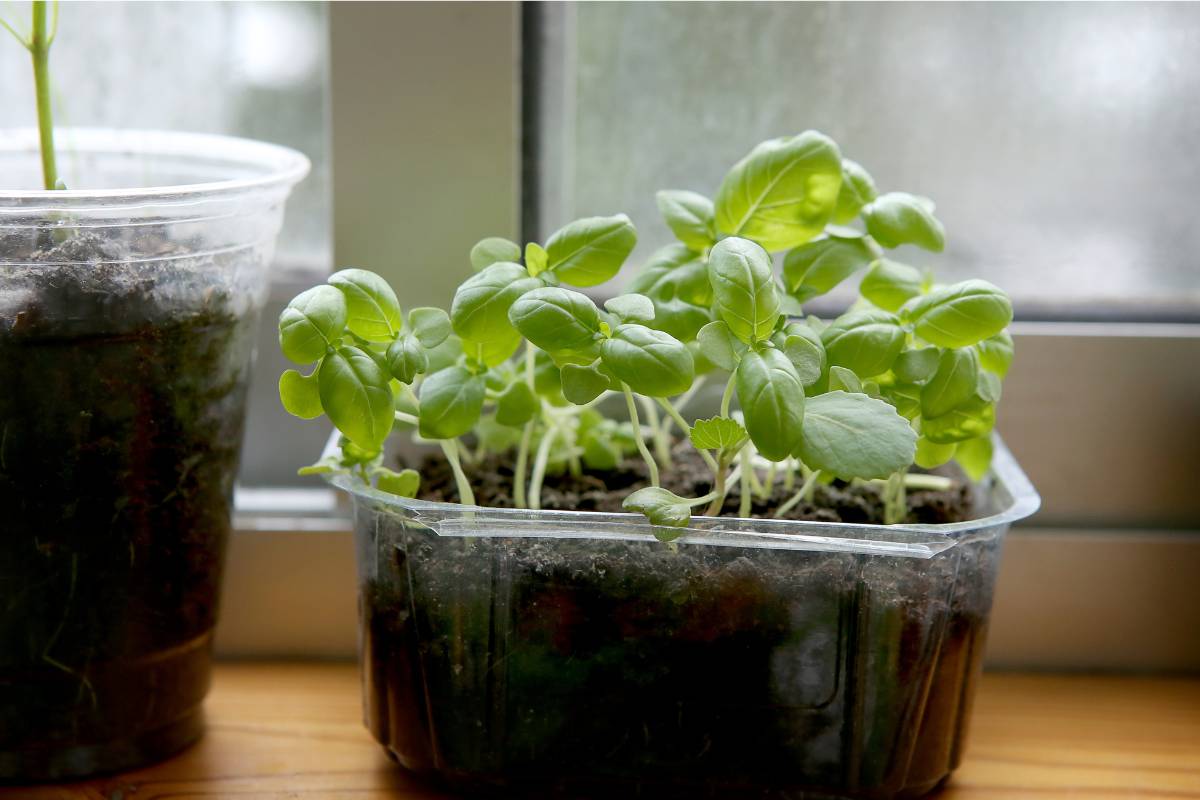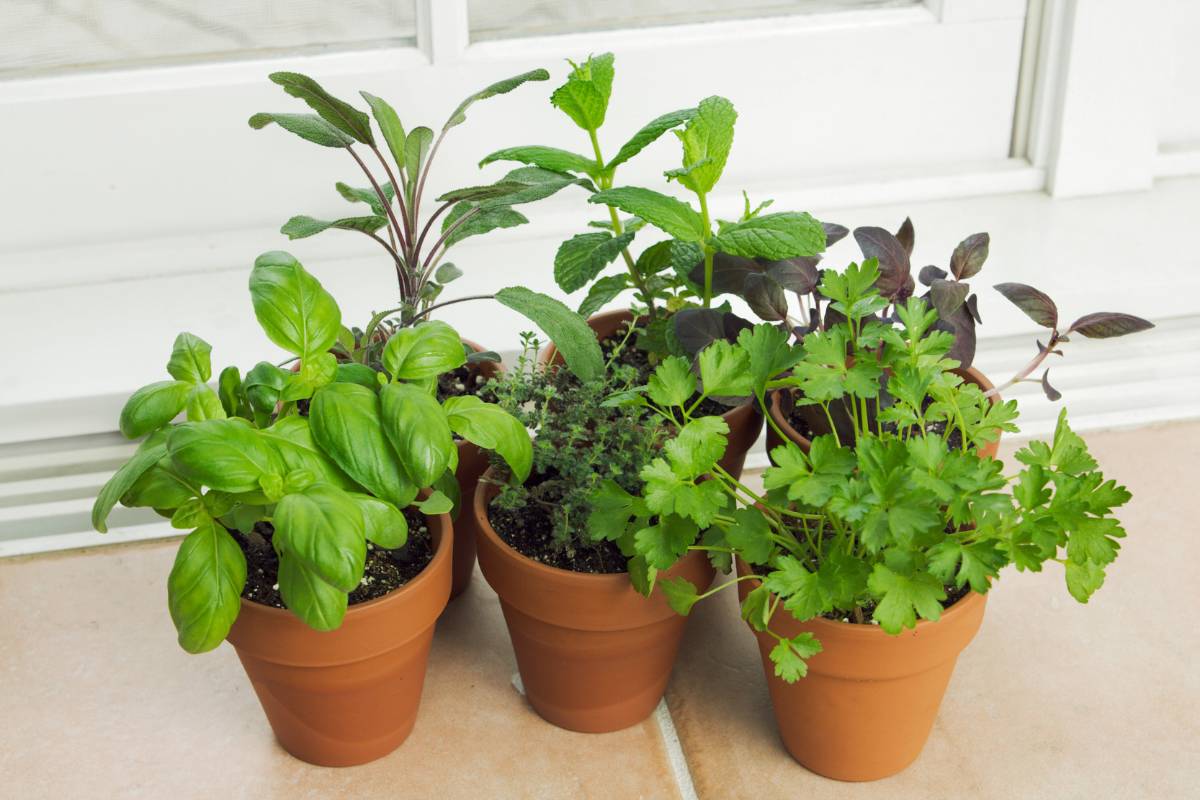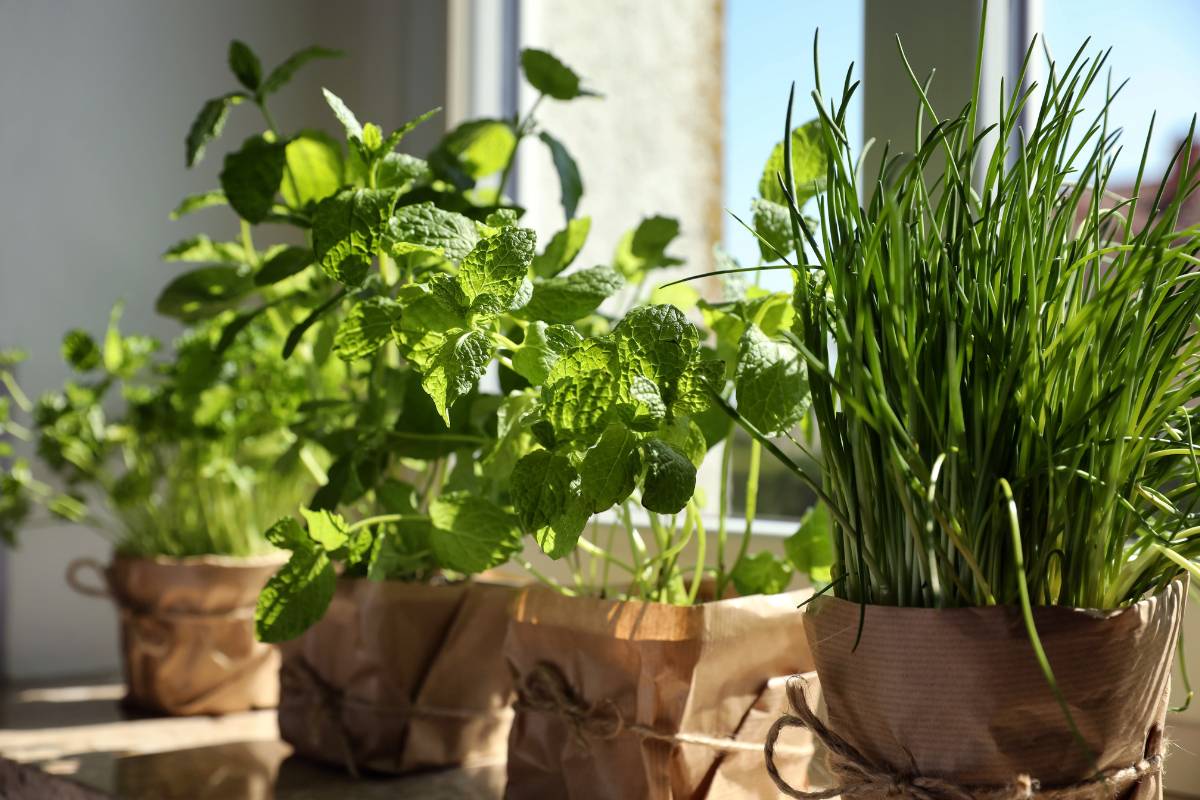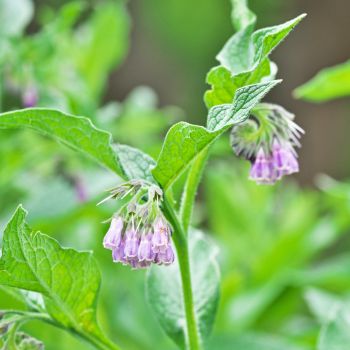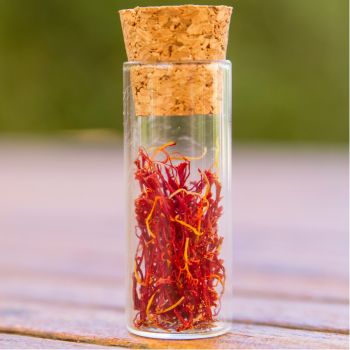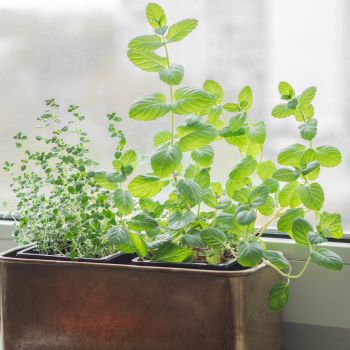With over 70% of the Australian population living in cities, finding space to grow plants can be a challenge for many gardeners. Fortunately, there are many herbs that will grow easily indoors, putting fresh flavours and a little homegrown produce within reach of most people.
By following these simple tips, tricks and techniques you'll soon have a thriving herb garden located right on your windowsill.
The Best Herbs to Grow Indoors
Most herbs that grow well indoors have deep green, soft leaves and tender stems. Basil, chives, parsley, lemon balm and cress are good choices, as is mint. If you’re keen to introduce new flavours to your kitchen, perilla and chervil both grow well indoors, while cat grass will keep your feline friends happy. Meanwhile, sun-loving Mediterranean herbs like rosemary, oregano and thyme will struggle in anything but strong sunshine and are often best grown outdoors.
If you’re looking to expand to other crops, leafy green vegetables will grow in small spaces and similar conditions to soft herbs. Try pak choi, rocket, loose-leaf lettuce and mizuna to add home grown salad leaves and stir fry ingredients to your planting schedule.
Light: The More the Better
The most important element when growing herbs indoors is to choose a location that receives as much light as possible. Herbs grown without enough light will not thrive; they’ll be long and leggy and prone to pests and diseases, so it’s worth spending some time choosing the best position for your plants.
A spot that gets direct sunlight for a minimum of three hours a day, and ideally six, is ideal. A north facing windowsill is perfect for this task, as it will receive the most consistent sunlight throughout the day; an east-facing windowsill that catches morning sun is the next best option.
If you can’t find a position that allows for this level of sunlight, you may need a boost from artificial lighting. While normal household lighting seems bright to human eyes, it doesn’t deliver the light frequency or intensity needed to support plant growth. Luckily, UV grow lamps are now easy to find and affordable, and placing herbs under them will allow for the same level of growth as natural sunlight.
Water, Water Everywhere
Second in importance only to lighting, making sure you water your herbs the correct amount is make or break when it comes to creating a successful indoor garden. Too much water can be just as harmful as too little, and both will ultimately lead to the premature end to your herb-growing venture.
There are very easy methods for avoiding such a fate, however. Only use pots that have drainage holes in the bottom, to allow excess water to drain away. Make sure you only water your herbs every few days, when the top 3cm to 5cm of soil is dry. The best tool to use to test soil moisture is your index finger: poke it 5cm into the soil, and if it comes out only slightly moist, conditions are right to water. If your finger comes out wet and dirty, leave watering for another day or two and test again.
Feeding: Little by Little
Because indoor herb gardens can’t access the nutrients found in garden soil, they'll often need a little boost from you to keep them growing strongly. Fortunately, there are a variety of fertilisers available that are suited to growing herbs and leafy greens. Most indoor herbs will only need supplementing once a fortnight to once a month.
Be sure to dilute the mixture as directed for indoor and potted plants: the norm is to use one quarter to half the strength recommended for garden plants. Fertiliser and salt tends to get caught in the pores of pots, leading to nutrient buildup that can harm your plants. By weakening the mixture and watering with plain water between feeds, you mitigate the risk of burning your plants by over-fertilising.
Time to Harvest
Now for the most fun part of any herb growing experience, the harvest! If everything has gone well up to this point, and you have given your herbs adequate light, water and food, you should have beautiful and bushy herbs ready to be eaten. How you harvest your herbs is just as important as any other step in ensuring the continued health of your plants.
With a sharp pair of scissors or gardening snips, gently snip the stems of the herb down to a few leaf junctions above the soil, making sure to leave healthy leaf growth. This will encourage the plant to grow new shoots and leaves in place of the old. If harvesting herbs such as parsley, which has no central stalk, simply cut the outermost leaves at the base, making sure to leave at least three of the central leaves intact. Never harvest more than 25 percent of your plant at once, or you may risk harming it.
Growing your own herbs indoors can seem daunting, but by following a few simple rules, you can have your own herb garden up and running in no time. So what are you waiting for? Get out there, grab your parsley, basil and mint, and get growing!
